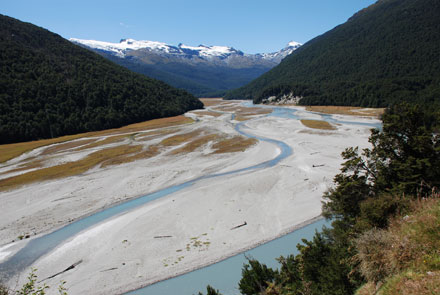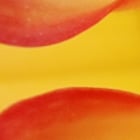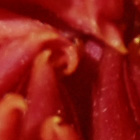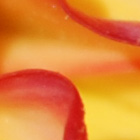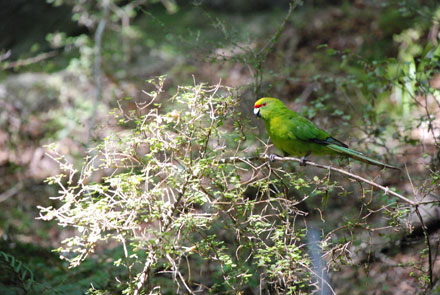Nikkor DX kit lens group test: 18-55mm vs 18-70mm vs 18-135mm vs 18-200mm VR
-
-
Written by Gordon Laing
Samples
Landscape: 4.49MB, Program, 1/200, f7.1, ISO 100, 18-135mm at 18mm (equivalent to 27mm)
Portrait: 4.42MB, Program, 1/250, f8, ISO 200, 18-135mm at 32mm (equivalent to 48mm)
Macro: 3.30MB, Program, 1/640, f6.3, ISO 100, 18-135mm at 135mm (equivalent to 203mm)
Landscape: 4.60MB, Program, 1/250, f5.6, ISO 100, 18-135mm at 135mm (equivalent to 203mm)
Wildlife: 4.63MB, Program, 1/60, f5.6, ISO 1600, 18-135mm at 135mm (equivalent to 203mm)
| ||||||||||||||||||||||||||||||||||||||||||||||||||||||||||||||||||||||||||||||||||||||||||||
| Nikkor DX 18-55mm II Gallery / Nikkor DX 18-70mm Gallery / Nikkor DX 18-200mm Gallery |
,
taken with Nikon D80
At Cameralabs we already have Galleries for three out of the four lenses in this group test, so have devoted this particular page to the model we’d not previously tested: the Nikkor DX 18-135mm lens. You’ll find links to Galleries with the other three lenses below.
The following images were taken with the Nikkor DX 18-135mm lens using the Nikon D80. Unless otherwise stated, each image was recorded using the Large Fine JPEG mode, with Auto White Balance, 3D Matrix metering and the Optimise Image parameter set to the default Normal for sharpening, tone, colour, saturation and hue; High ISO Noise Reduction was set to Normal. The individual file size, exposure mode, shutter speed, aperture, ISO and lens details are listed for each image.
The crops are taken from the original files, reproduced at 100% and saved in Adobe Photoshop CS2 as JPEGs with the Very High quality preset, while the resized full images were made in Photoshop CS2 and saved with the High quality preset. The three crops are typically taken from far left, central and far right portions of each image.
